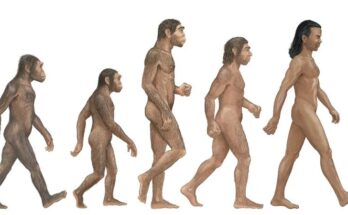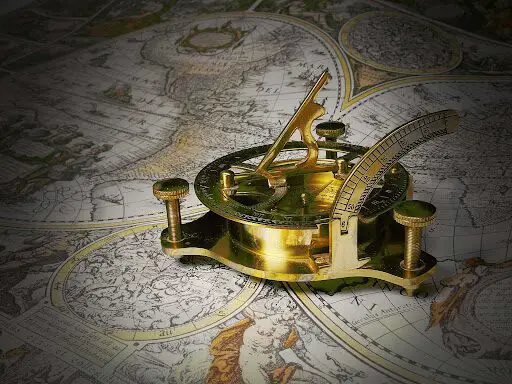
Taming Time: The Human Obsession with Keeping Track
Have you ever glanced at your wristwatch and marveled at its ability to tell the time with such precision? The ability to measure and track time is a fundamental human pursuit, and the devices we use to do so have come a long way since our ancestors gazed at the sun to estimate the hour. Let’s embark on a captivating journey through the history of timekeeping, exploring the evolution of these ingenious instruments.
The Dawn of Timekeeping: Ancient Methods for Marking the Passage of Time
Imagine a world without clocks or watches. Our ancestors relied on natural phenomena to gauge the passage of time. Here are some of the earliest methods:
- Sundials: These ingenious devices used the sun’s position to cast a shadow, indicating the time of day. Simple yet effective, sundials were prevalent in ancient Egypt, Greece, and China.
- Water Clocks (Clepsydras): These timekeepers used the steady flow of water to measure time intervals. Imagine a pot with a small hole at the bottom, gradually emptying – the lower the water level, the more time had passed. Clepsydras were commonly used in ancient Egypt and Babylon.
- Candles and Incense Clocks: Marking time by the burning rate of candles or incense sticks was another early method. The gradual shortening of the candle or the fading scent of incense indicated the passage of time.
These early timekeeping devices were far from perfect, but they offered a basic understanding of time and enabled people to organize their daily activities.
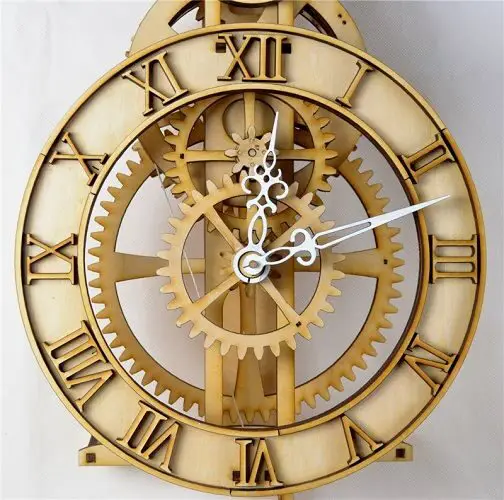
The Rise of Mechanical Marvels: Clocks Take Center Stage
The Middle Ages witnessed a revolution in timekeeping with the invention of mechanical clocks. These intricate devices used gears, weights, and pendulums to regulate the movement of hands on a dial, displaying the time.
- Early Mechanical Clocks: These first clocks were large, heavy, and often inaccurate. They were primarily used in public places like monasteries and town squares.
- The Pendulum Clock (1656): This invention by Christiaan Huygens marked a significant leap in accuracy. The swinging motion of a pendulum regulated the clock’s movement, making it far more precise than earlier models.
- The Pocket Watch (17th Century): The miniaturization of clockwork allowed for portable timekeeping devices. Pocket watches became a symbol of status and a vital tool for navigation and scientific exploration.
These mechanical marvels revolutionized how people tracked time, enabling greater precision and organization in daily life.
The Electrical Revolution: Timekeeping Gets a Power Boost
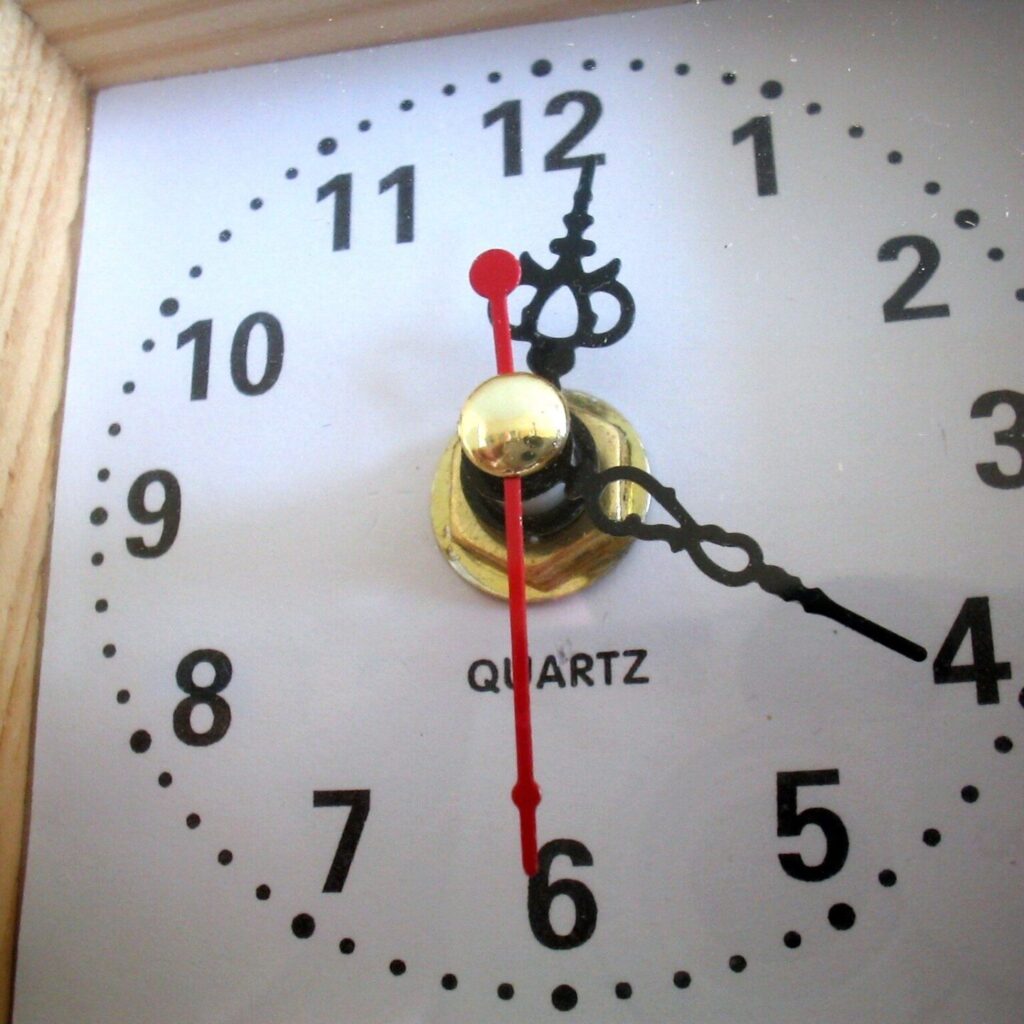
The 19th century saw the introduction of electric clocks. Powered by electricity, these clocks offered even greater accuracy and reliability. They gradually replaced mechanical clocks in public spaces and homes.
- Quartz Clocks (20th Century): The discovery of the piezoelectric effect in quartz crystals led to a breakthrough in timekeeping. These clocks relied on the vibrations of quartz crystals to maintain an incredibly precise time reference.
The invention of electric and quartz clocks further refined timekeeping, leading to the development of standardized time zones and improved coordination of global activities.
The Atomic Age: The Quest for Ultimate Precision
The 20th century ushered in the era of atomic clocks. These marvels of technology utilize the incredibly stable vibrations of atoms to maintain the most precise timekeeping standard ever achieved. Atomic clocks are essential for various applications, including:
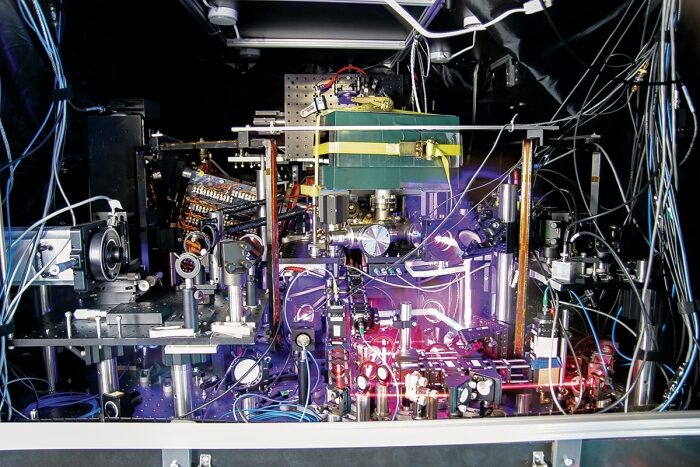
- Global Navigation Satellite Systems (GPS): Atomic clocks ensure the accuracy of GPS signals, which are crucial for navigation and positioning systems.
- Scientific Research: They enable precise measurements in fields like physics, astronomy, and telecommunications.
- International Timekeeping: Atomic clocks are the primary reference for Coordinated Universal Time (UTC), the international standard for civil time.
Atomic clocks represent the pinnacle of timekeeping technology, offering a level of precision that surpasses even the most sophisticated quartz clocks.
The Future of Timekeeping: Beyond the Atomic Clock?
The relentless pursuit of even greater accuracy continues. Scientists are exploring new technologies like optical clocks which may one day surpass atomic clocks in terms of precision. These future timekeepers might utilize the properties of light to achieve even more refined measurements of time.
The future of timekeeping remains exciting, but one thing is certain: the human quest to accurately measure and understand the passage of time will continue to drive innovation and push the boundaries of technology.
Conclusion: A Timeless Journey Through Human Ingenuity
The history of timekeeping is a captivating story of human ingenuity and
our constant struggle to tame the elusive concept of time. From the rudimentary sundials of ancient civilizations to the mind-boggling precision of atomic clocks, we’ve come a long way in our quest to measure and track the passage of time.
These timekeeping devices have not only shaped our daily lives but also played a crucial role in scientific advancements, navigation, and global communication. Looking ahead, the future of timekeeping promises even greater precision with the exploration of new technologies like optical clocks.
As we continue to refine our ability to measure time, it’s worth reflecting on the broader significance of this pursuit. Timekeeping allows us to plan, organize, and navigate the world around us. It underpins everything from our daily schedules to scientific discoveries.
The history of timekeeping serves as a testament to human curiosity and our relentless desire to understand and control the universe we inhabit. Perhaps, in a way, it’s also a metaphor for our own lives – a constant quest to make the most of the precious time we have.
Read Similar Posts
- The Hidden Math of Time: Unveiling the Base 60 System
- Why Do We Count in Base 10? Exploring the Origins and Advantages of Our Number System
- Unlikely Besties: The Heartwarming World of Unlikely Animal Friendships
FAQs: Demystifying the History of Timekeeping
Do you have lingering questions about this fascinating journey through timekeeping devices? Let’s explore some frequently asked questions:
FAQ 1: How did the invention of time zones impact the world?
Prior to time zones, locations kept their own local time based on the sun’s position. The standardization of time zones in the late 19th century facilitated global communication, transportation, and business activities.
FAQ 2: Are sundials still used today?
While not a primary method of timekeeping, sundials are still used as decorative elements or educational tools to demonstrate the concept of timekeeping based on the sun’s position.
FAQ 3: What are some everyday applications of atomic clocks?
The precise time signal from atomic clocks is used to synchronize various devices, such as cell phone networks and financial transactions. They also play a vital role in weather forecasting and satellite communication.
FAQ 4: Will we ever have a perfectly accurate clock?
The quest for perfect timekeeping is an ongoing pursuit. While atomic clocks offer incredible precision, there’s always room for improvement. Future technologies like optical clocks might push the boundaries of accuracy even further.
FAQ 5: How can I learn more about the history of timekeeping?
Many museums around the world have exhibits dedicated to the history of timekeeping devices. You can also explore online resources and historical documents to delve deeper into this fascinating topic.
The history of timekeeping is a rich tapestry woven with innovation, human ingenuity, and the enduring quest to understand the very fabric of time itself. As we continue to refine our methods of measuring time, perhaps we can also learn to cherish and make the most of the precious moments that make up our lives.
